Every trader knows three pillars of productive trading: consistency in a daily routine, patience for a perfect trade, and the ability to learn from mistakes. However, speed is one more thing you should consider. Analysts from FBS, an online trading broker, explain why execution speed is crucial and how servers maintain it in trading.
How does speed affect trading?
Imagine you open the chart and see that your favorite asset is about to break the resistance line. If the breakout has already started, fast hands and constant focus are important, as well as the execution speed.
Execution speed is the time between a broker receiving your order and an order execution itself. For example, the average amount of trades per month is 100. If the speed of order execution is too slow, one trade may open 5-10 points away from your initial entry point, which results in losing 100-500 points of profit monthly. For scalpers with an average of 5-20 trades per day, they could lose 100-200 points daily or 2000-4000 points monthly.
Slow speed means slower order execution and, subsequently, a loss of potential profits. That’s how the execution speed directly affects your trading experience.
How do servers achieve fast execution speed?
Basically, you can trade with a slow execution speed. For instance, you can avoid trading during market volatility, as it can cause significant price changes, or use limit orders to set a specific price at which your order will be executed. However, volatility provides many trading opportunities, so the best way to ensure a faster execution speed is to choose a broker that uses reliable servers.
As an international company, FBS works with Equinix, the Tier-1 Data Center company that provides infrastructure for digital operations, allowing a seamless connection between customers and products. The world’s largest companies like Google, Zoom, Oracle, and Netflix also work with Equinix, ensuring stable and reliable performance of their products and services.
FBS uses Equinix LD4, a server located in one of the major financial centers in London. But how do they maintain fast order execution if the server is far from you?
FBS uses decentralized data centers across the globe to process your transactions instantly. The locations of some of the FBS data centers are the following:
- London
- Singapore
- New York
- Nuremberg
When you place an order, it goes to the closest data center and then to Equinix LD4. Furthermore, FBS liquidity providers also use the LD4 server, meaning there is a minimum delay between the order intake and its execution. An average delay between your click on Buy or Sell and the execution is less than 100 milliseconds, a market-leading speed.
Conclusion
When you choose a broker, don’t forget to research their technical performance. Slower servers may lead to unwanted profit losses, and that’s why FBS guarantees the highest execution speed with the Tier-1 Data Center. Open an account at FBS and explore its advantages.




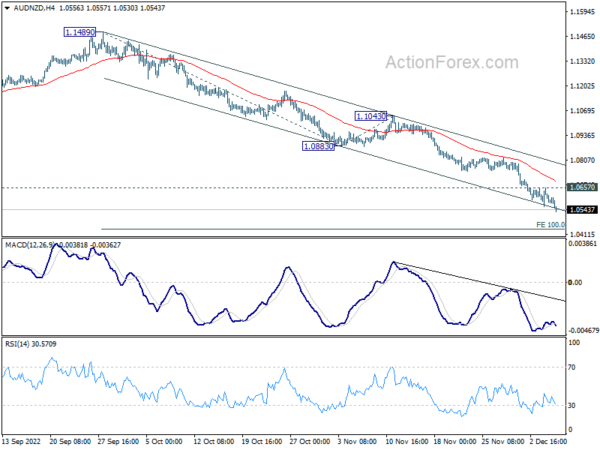
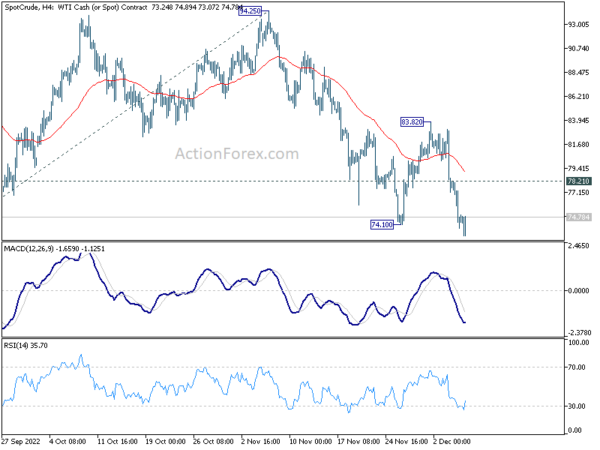
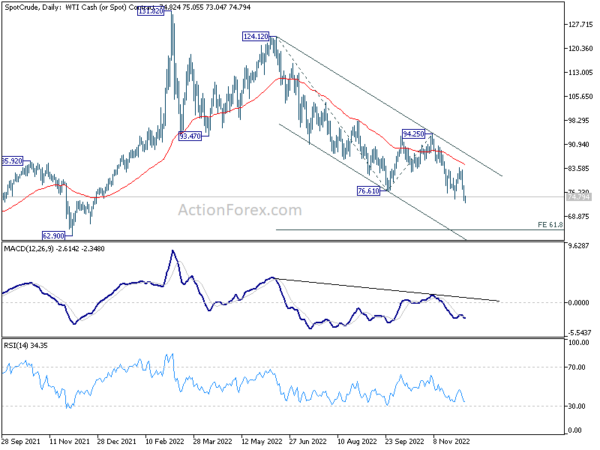
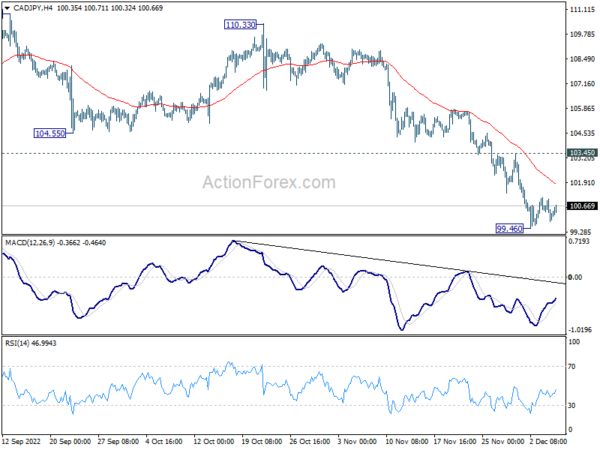
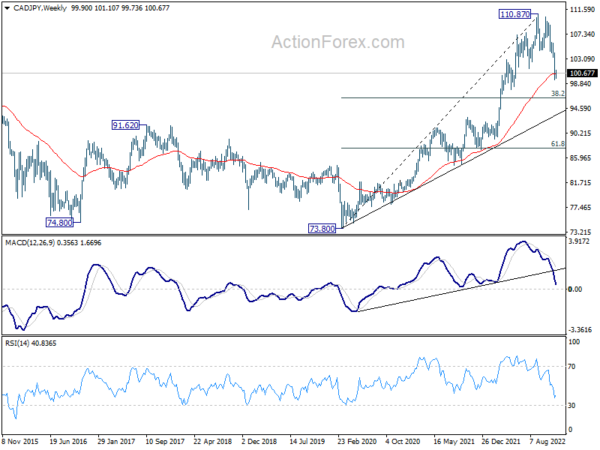
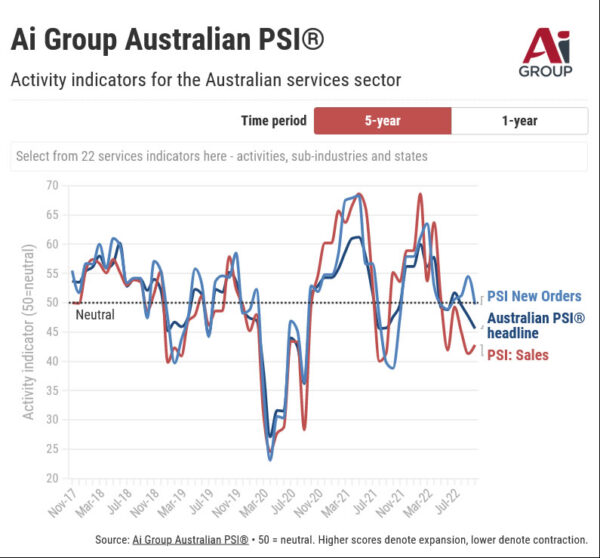
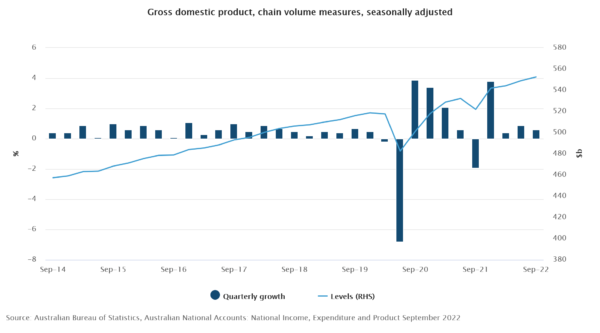
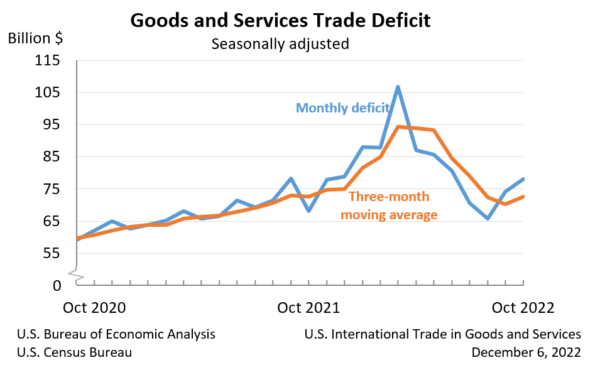
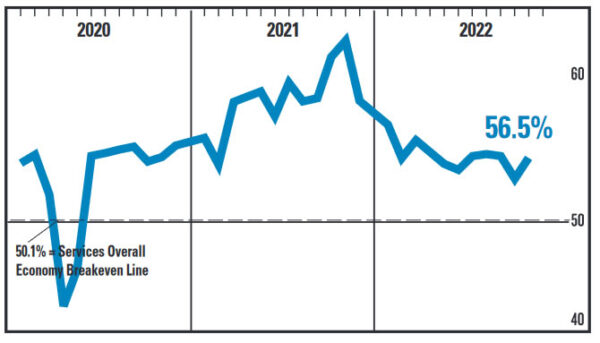
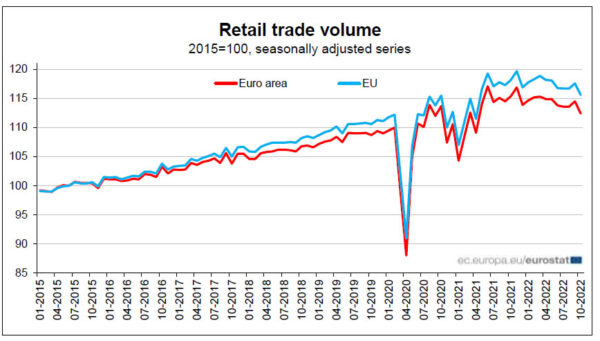
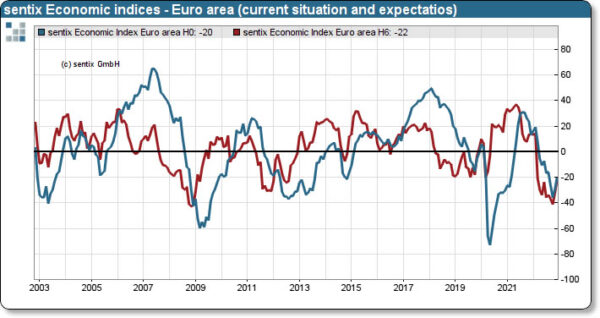
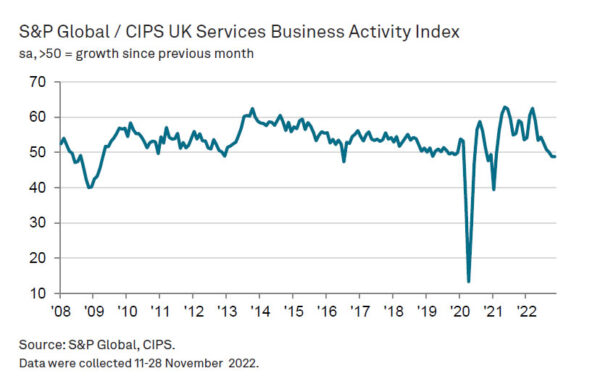
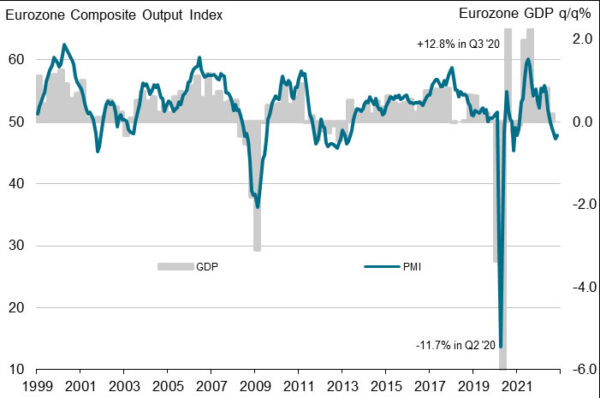

Australia trade surplus little change at AUD 12.22B in Oct
Australia exports of goods and services dropped -0.9% mom to AUD 60.01B in October. Imports dropped -0.7% mom to AUD 47.85B. Trade surplus narrowed slightly from AUD 12.44B to AUD 12.22B, slightly above expectation of AUD 12.10B.
Looking at some details, the decline in exports was driven mainly by AUD -0.6B fall in gold while imports decline was driven by AUD -0.5B fall in energy. Fuel exports, dominated by LNG, rose AUD 0.3B to AUD 11.2B, and hit a new record high. Rural goods exports rose AUD 0.1B to AUD 7.2B, also a record high.
Full release here.